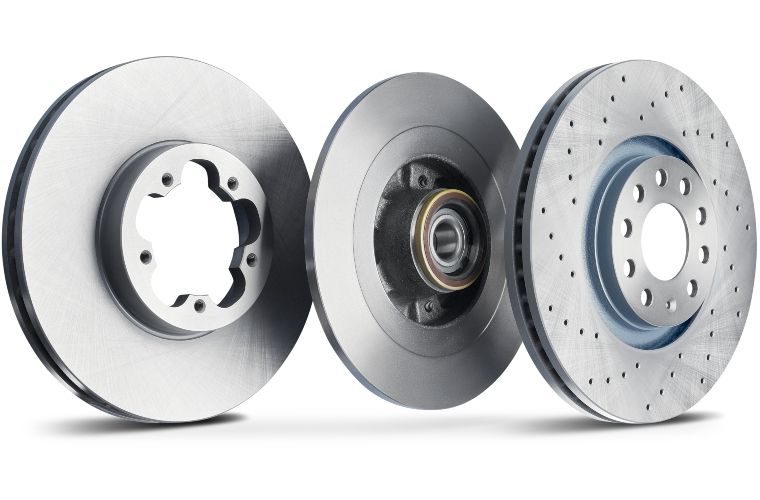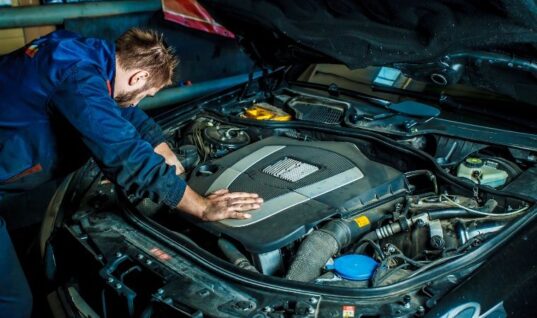Bilstein Group brand, Blue Print has this week revealed the manufacturing process behind its range of brake discs.
Blue Print brake discs are manufactured using a grey iron smelting process of a mixture of new and recycled materials, combining metal composites.
A number of cast iron chemical compositions are used, enriched with alloy components such as molybdenum, copper, chrome and titanium to enhance tensile strength and hardness for optimal performance.
The molten metal is heated to 1,360 – 1,460°C; each batch is tested before it is poured into precisely made sand moulds to form the raw moulded brake disc.
The casting process must give an even pearlitic matrix microstructure, containing a substantial content of laminar graphite.
This gives a high steel tensile strength, meeting the metallurgical requirements of unalloyed and low alloyed grey cast iron used for castings required by vehicle manufacturers.
The new part is cooled and any excess sand removed.
It is inspected for any moulding faults before being precisely machined, drilled and balanced to minimise resonance and torsional vibration.
The disc surface is given a precision cross-ground finish, enabling a reduced bedding in period.
A Blue Print spokesperson said: “Prolonged, heavy, or aggressive braking can cause the temperature of the brakes to rise so high that they start to become less effective and fade.
“When this happens, the driver has to press harder on the brake pedal to slow the vehicle down.
“It is important, for safety reasons, to consider the construction of the brake disc and its ability to dissipate heat quickly and effectively in the right areas.
“To do this, the disc must be of the right weight, mass and thickness and must be made of the correct material which includes a high carbon composition.”
Each disc is stamped with a range of identification numbers, the Blue Print reference and the minimum thickness before replacement is required.
Finally, an anti-corrosion grey epoxy resin coating is applied, which provides long-lasting performance and appearance.








Home Page › Forums › Blue Print reveals brake disc manufacturing process